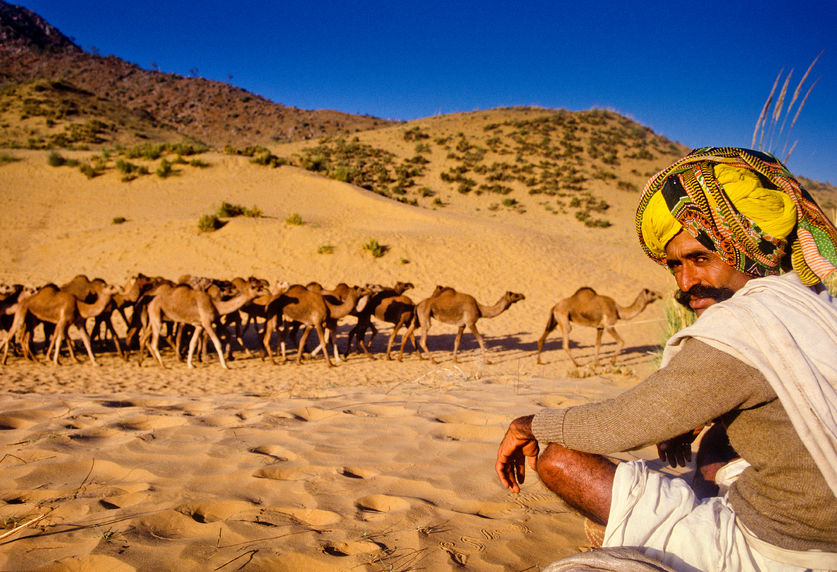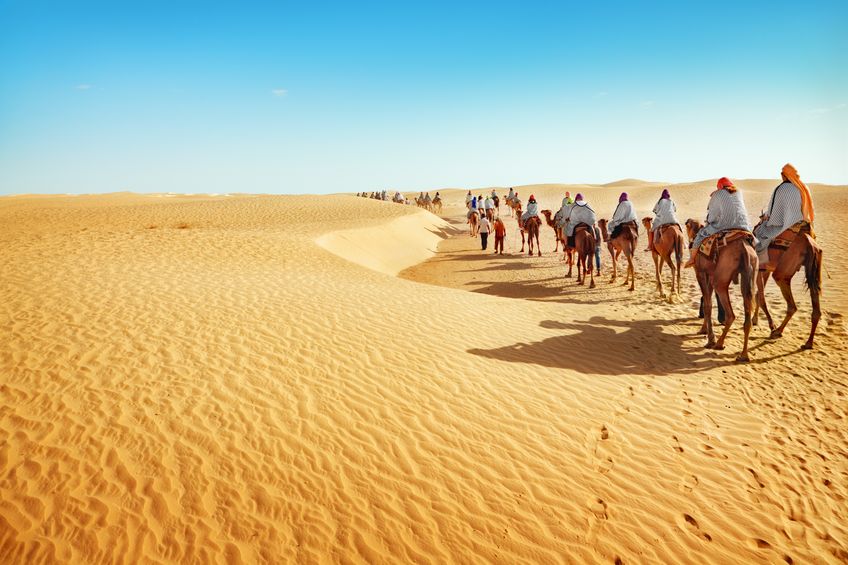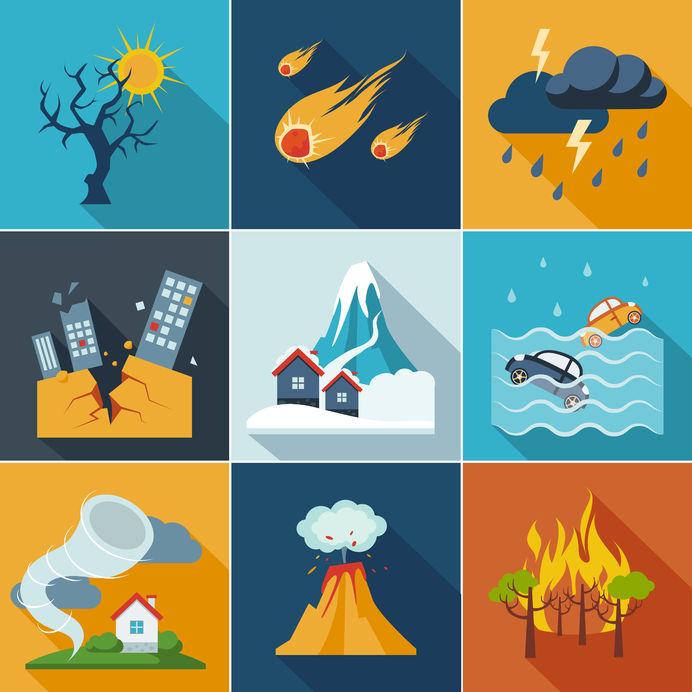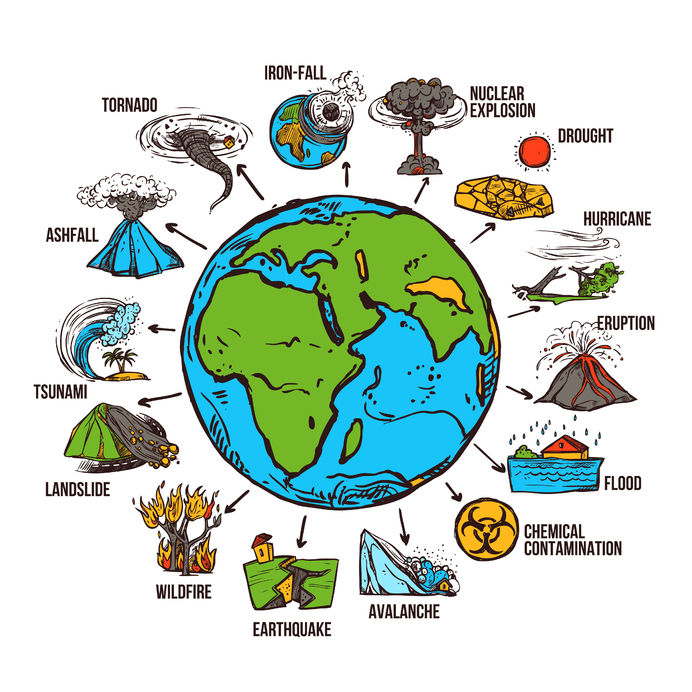Desert is considered as a barren area of countryside where little precipitation occurs and the living conditions are combative for the plants and animals which are present there. The cause of the lack of vegetation is due to the non-protected surface of their land from the denudation process. This process consists of the removal of the upper layer of the land by water, wind, ice or huge waves.
One third of the total area of the surface of the earth is arid and does not support the vegetation facilities in that place. These are the places of Polar Regions where precipitation occurs and which is also known as Cold Deserts. It can be classified by the amount of precipitation that comes down, by the causes of desertification, by the temperature that prevails, or by their geographical location.
Deserts are also distinguished with the higher rate of water loss from the land and this is also said as evaporation. When both the transpiration and evaporation occurs at the same time, it is considered as evaporation.
Types of deserts
There are several types of deserts present in India:
- Trade wind desert
- Rain Shadow desserts
- Mid-latitude dessert
- Coastal desserts
- Monsoon desserts
- Terrestrial desserts
These deserts are basically divided on their limitations, their structure and for the amount of rainfall occurring in particular desert. The deserts consist of 20% of the total surface of the earth and can be classified by their annual rainfall which seems to be less than 10 inches. Some deserts like hot & dry, semi-arid coastal and cold deserts are characterized by semi-arid deserts where soil is sandy and rocky. In semi-arid deserts, fauna is considered as the hot as well as cold deserts.
How deserts are formed?
Sahara & Thar deserts:
The Sahara is considered as the third greatest and the largest hot desert in the world. This desert is divided into several regions include Western Sahara Centre August Mountains and the Libyan Desert. The area which is covered by the Sahara desert is near about 92 lakhs sq. kilometers and covers some parts like Egypt, Libya, Mali, Niger, Sudan, Chad and Tunisia with more than 9 million square kilometer.
Sahara desert is made up of mainly stones & plateaus and most of the land is covered in Sahara with sand dunes. The Central part of Sahara desert is hyper-arid with sparse vegetation, and most of the area covered with sparse grassland. It is the low-latitude desert with the higher temperature. Here weather tends to be sunny or dry and stable with a minimum amount of rainfall.
The Figure Shows Sahara Desert:

Deserts can be formed with low rainfall. If rainfall is not occurring for a long time that area can be considered as desert mainly due to the effect of wind erosion. We can study desserts history throw paleontology deserts which can be formed when the rain clouds move into winds or mountains and rain is falling in some areas and leaving remaining areas.
This situation happens every year where large amount of rainfall occurs in a particular region but does not evenly occurs in other regions too which may lead to the Desert. So, those deserts that are formed near the water bodies are the cause of heavy rainfall at a particular place.
The Figure Shows Thar Desert.






